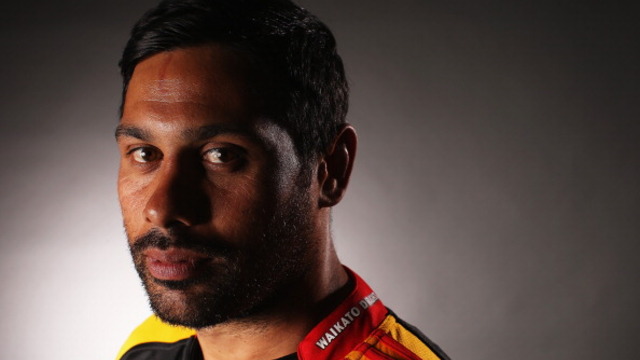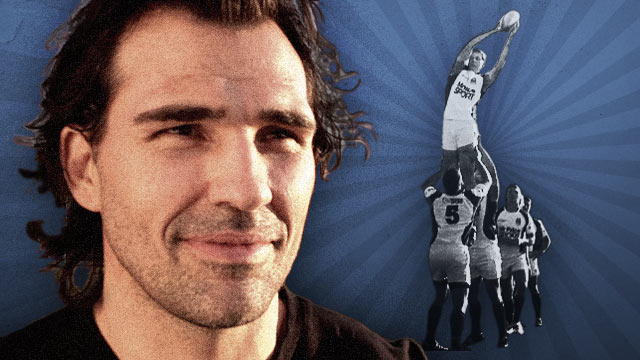Why the Jaguares are drawing a biarticular line in Super Rugby
Growing up in Wales, I would make the pilgrimage on Saturday afternoons to the Talbot Athletic ground, where my local team Aberafan RFC played their matches.
The M4 flyover was being built at the time, a huge artery connecting West Wales with London directly and overshadowing the town beneath it. “The road on top of a town” was built on massive concrete pylons, and those giant fingers reached right down into the heart of Tan-y-Groes street as I approached the ground, digging deep into the earth and the lives of the people beneath them. The ghosts of the demolished Llewellyn Street terraces tell their stories in Michael Sheen’s Passion play performed in the local area.
Suddenly the car journey to London, which used to wind up the old A48 and take six or seven hours, was cut by half. Flood-tides from the river Afan, which would regularly break its banks and engulf the town and villages around it, literally dried up with the construction of new defences to protect the ‘£5m miracle’.
In time the road took much of the trade and industry away from the area, the old railway line down which I would walk to school became disused and overgrown with grass and weeds – until I stopped turning around and expecting a train to pass by. The sports shop where I bought my ‘Wizards’ jerseys shut down, along with most of the others in Station Road. The town is a ghostly echo now, of the bustling trade and industrial hub it used to be.
The history of the rugby club has followed a similar course, but I will always remember the intensity of the battles – particularly between the granite men cut from Valleys stone and slate in the forwards – when sides like Pontypool came to town.
Pontypool were the rock on which the outstanding Wales teams of the Seventies were built, and that foundation was created by the scrum that Ray Prosser built. Prosser had toured New Zealand as a British & Irish Lion in 1959, and when he took up coaching at the end of his playing days he became determined to build the most formidable and ruthless scrummaging unit in the country.
There was no magic in the Pontypool method. Pontypool scrummed as eight men, not five or six, and they were one of the first teams to pick a really big scrumming hooker in the amateur era. Bobby Windsor was billed as 14 stone 10 pounds in the programme (93 kilos), but rarely played at less than 17 and a half stone (112 kilos) in practice.
It was no accident that the opponents which the famous Pontypool front row found most difficult, Argentina, operated on the same principles with their bajada. They picked converted props at hooker, like Federico Mendez and later, Eusebio Guinazu and they always demanded maximum effort from their loose forwards in the set-piece.
If the Pumas have lost something of their traditional emphasis on the scrum in translation to the Jaguares of Super Rugby, under new coach Mario Ledesma (another of the big-scrumming hooker brigade) there are distinct signs that they are retrieving their mojo in this area.
In round 11 of Super Rugby 2018, the Jaguares achieved their first landmark win on New Zealand soil, and they did on the back of a huge scrum effort against the Blues. In the course of the game, they proved the validity of the scrum keynotes struck by Jase Ryan in his fine series on The Rugby Site .
Jase Ryan’s series starts with the fundamentals of hooker set-up, works its way through the bio-mechanical theory of bi-articular lines, and examines the essential contribution of the loose forwards to the overall scrumming effort.
The Blues struggled on all counts. They were weak right in the middle of the set-piece, their body positions were ordinary, and they did not scrum as an eight against the Jaguares.
According to medical theory:
“Bi-articular muscles are commonly found in the upper and lower extremities of the human body. These muscles generally cross two joints and influence movement at both.”
As Jase Ryan demonstrates, the basic aim for scrummaging forwards is to have their shoulders, knees and toes in a line when the power comes on after the referee’s ‘set’ command – so that the muscles which cross joints are all working in the same direction and towards the same result.
Let’s take a look at a couple of scrums from the game, from opposite sides of the set-piece.
This was the first scrum of the game in which the Jaguares’ superiority began to show through quite clearly.
From the bi-articular viewpoint, the position at ‘set’, and just after it are radically different. The difference works in favour of the Jaguares loose-head prop Santiago Garcia Botta, who is in a better bi-articular position than his opposite number, Blues number 3 Sione Mafileo when the pressure comes on:


In the space of only two seconds, Mafileo has drifted into a weaker position where his knees have sunk towards the ground but his chest has not followed suit, whereas Garcia Botta has maintained the good alignment of shoulders, knees and toes.
Behind Mafileo, the two loose forwards visible on the Blues side, number 8 Akira Ioane and number 6 Dalton Papali’i, have also lost their shape. Ioane’s form echoes Mafileo, with his sunken knees and high chest, while Papali’i’s feet are well behind the plane of his shoulders and knees. In the middle, the Blues’ scrum already has assumed a hump-backed appearance compared to the flat plane of the Jaguares.
To compound the problem, as soon as the Blues scrum begins to retreat Ioane promptly detaches himself from it, which means that they have one man less to defend the drive.

But the real issue was not so much on Mafileo’s side, but on the opposite head:
Throughout the game, the Jaguares tight-head (Nahuel Tetaz Chaparro) and hooker Agustin Creevy combined to work together to pressurize the Blues’ hooker James Parsons – and there was little that Pauliasi Manu could do to stop it.

At the feed, the tell-tale signs of stress – in Akira’s Ioane’s body-shape, and the difficulty of the second row on Manu’s side in keeping his shoulder in the ‘sweet spot’ (his head is already visible above the level of the scrum) are already in evidence.
Two seconds later, and the bi-articular flags again all favour the Jaguares:

As Jase Ryan repeatedly points out in his presentation, the fact that the Jaguares number 3 Tetaz is scrumming high does not matter – the harmonious relationship between his shoulders, knees and toes is far more relevant!
Summary
The principles of good scrumming have always been the same – although they are easy to forget, or underestimate. For the better part of a decade, the work Pontypool put into the scrum under Ray Prosser was repaid many times over – not only in the set-piece itself, but in related areas such as body position at the breakdown. Good habits spread as quickly as the bad.
In the professional era, you cannot get by without a Bobby Windsor-size hooker of at least 110 kgs, someone who can scrum as effectively as his props.
All eight forwards (including the loosies) must commit absolutely to the primary task of maintaining stability, and winning the ball on favourable terms.
There are no short cuts.
Scrum height is not as relevant as the ability to maintain an effective relationship between the bi-articular ‘joints’, on the plane in which your props feel most comfortable.
The building of the M4 motorway changed the reality of the world for the rugby clubs of South Wales, and the towns associated with them forever. Although professionalism has changed the scrum in aspects such as engagement process and speed of set-up, the value of sound technique and the commitment of all eight men remains the same: a small, but significant victory maybe, for the lasting values of the game.
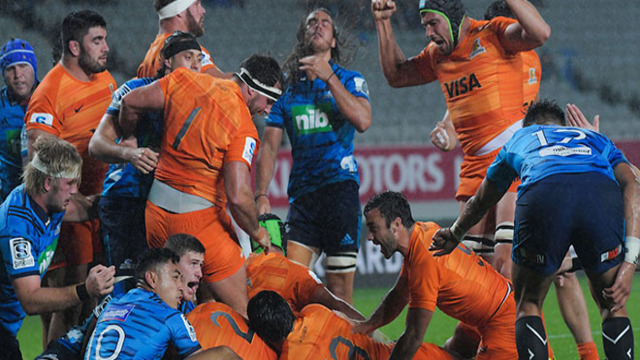




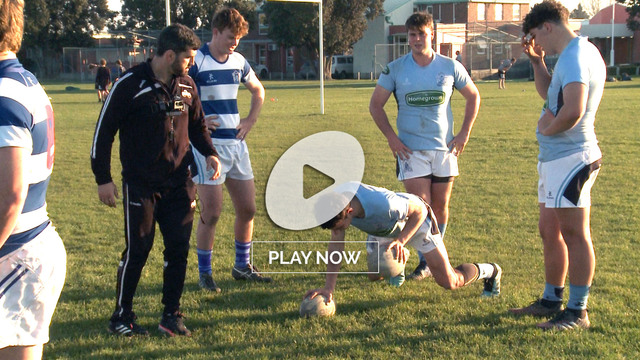
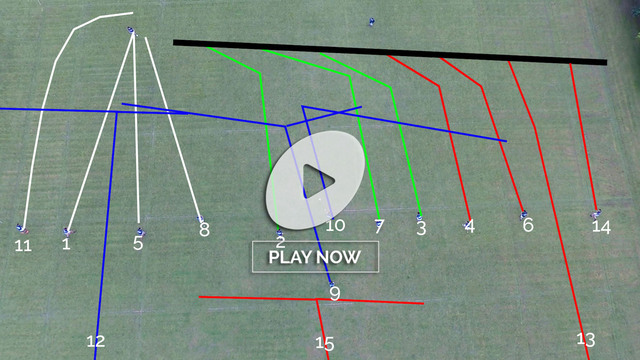
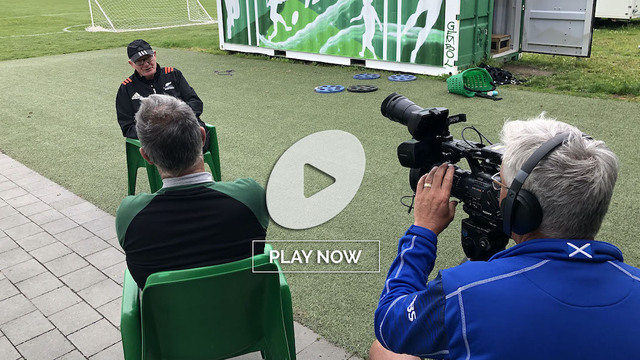
.jpg)
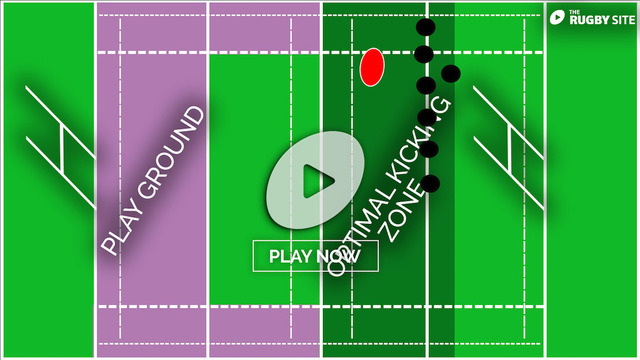
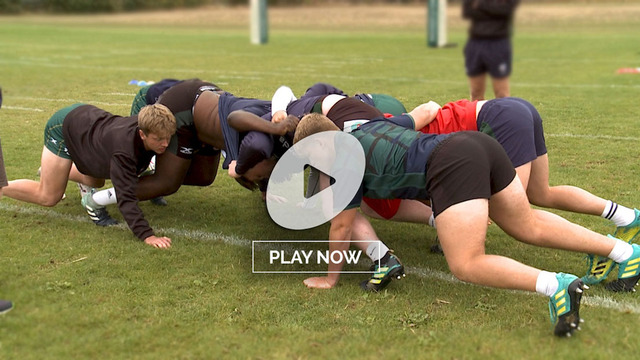
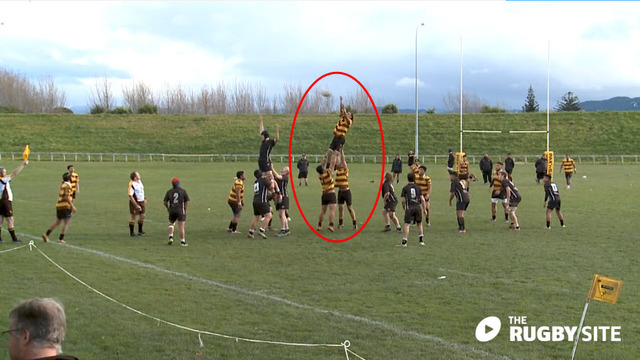
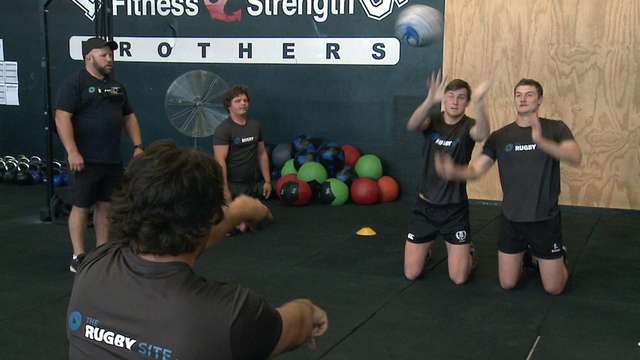
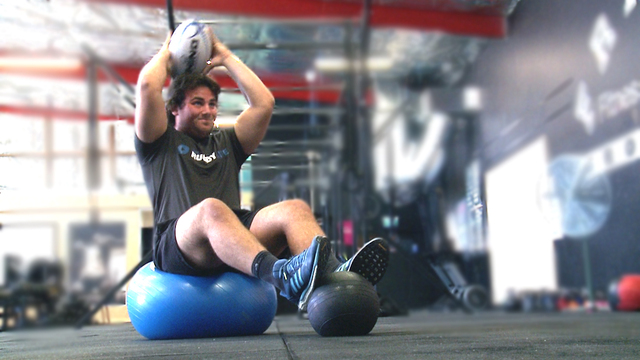
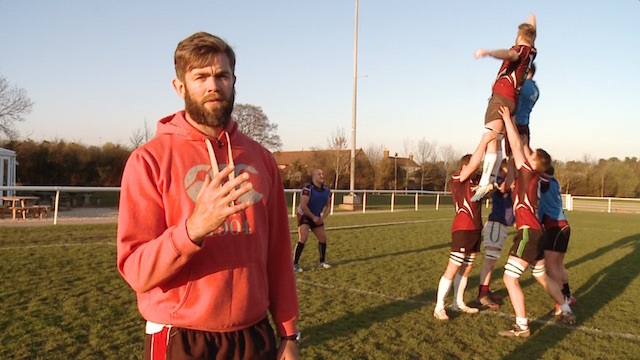
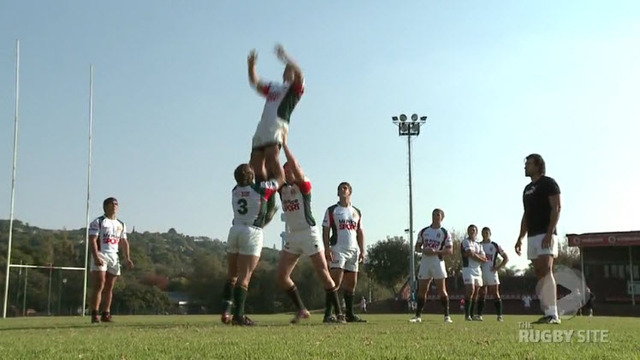
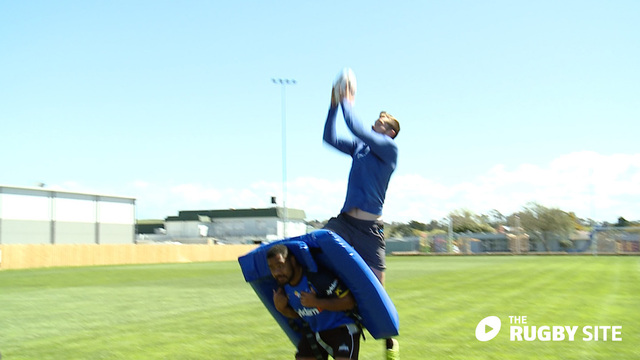
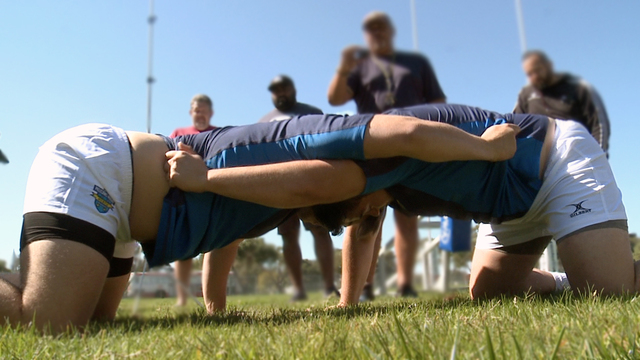
.jpg)
